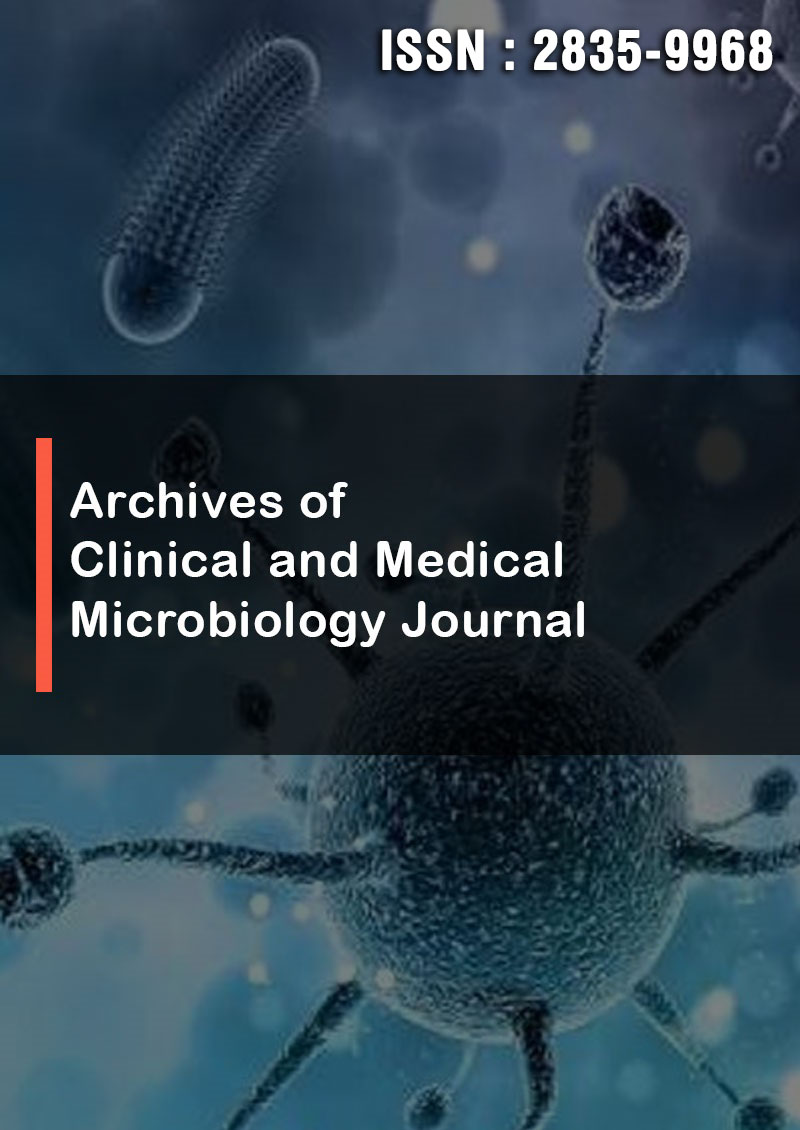Prevalence of Schistosomiasis in Agalomiti Worda Benishangul Gumuz Regional State (A Five-Year Retrospective Study in 2015-2019)
Abstract
Asmamaw Abat Getu
Schistosomiasis is endemic in 74 tropical developing countries. The patients who visited Agalometi Woreda Health Centre from 2015 to 2019 were included in the study to determine the prevalence of schistosomiasis disease among those over the age of 4. Data were gathered and analyzed from the recorded document. Finally, tables and percentages were used to display the outcome. In 2015, 2016, 2017, 2018, and 2019 correspondingly, the total population affected with schistosomiasis was 450,534, 632, 636, and 597. The overall prevalence of Schistosoma mansoni was 11.27%. The prevalence of Schistosoma mansoni infection among males and females was 11.81% and 10.79%, respectively. The prevalence of Schistosoma mansoni infection among different age groups ranged from 0.09% in≥ 30 years to 81.25% in 10-14 years. It can be concluded that Schistosoma mansoni is one of the etiologies of schistosomiasis that causes anemia both in adults and children. It signifies the fact that the age groups 10-14 and 15-19 years are the highest risk groups in the Agalometi woreda and serve as sources of infection and transmission. The youngest age group in the population should be the focus of any efforts to control schistosomiasis in the region.



